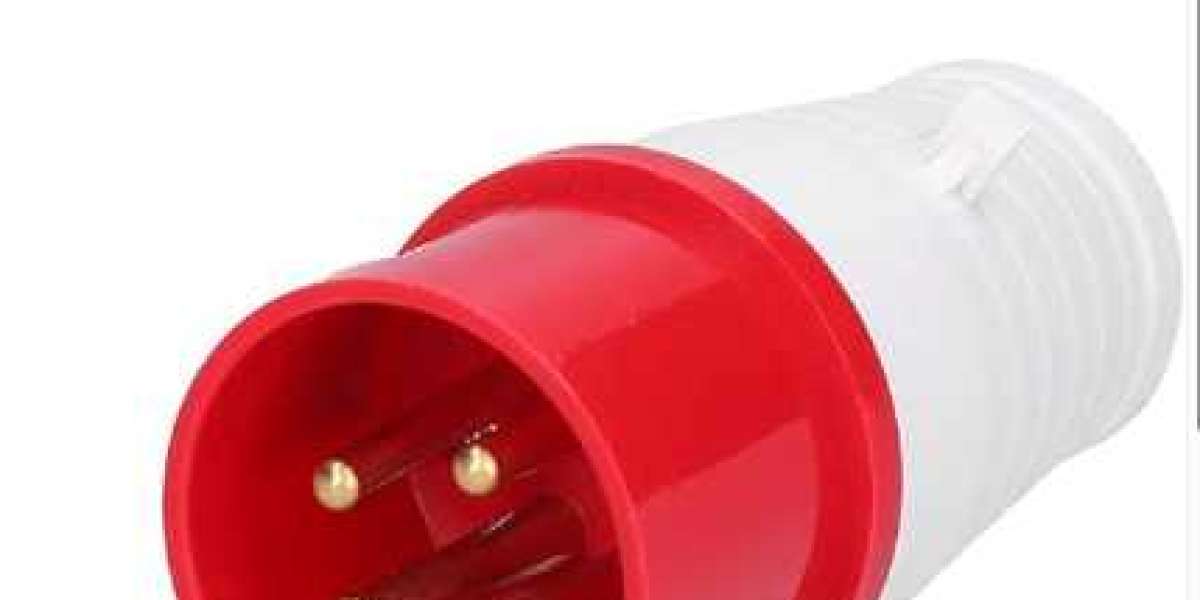As industries worldwide confront escalating climate disruptions and stricter safety regulations, the Industrial concealed socket has emerged as a cornerstone of modern infrastructure. From oil refineries battling methane leaks to solar farms enduring desert sandstorms, these discreet components are redefining how power is distributed in high-risk settings. With extreme weather events and AI-driven automation reshaping industrial norms, concealed sockets now prioritize durability, adaptability, and compliance—key traits for surviving today’s challenges.
Climate Resilience and Hazard Mitigation
Recent wildfires and hurricanes have exposed vulnerabilities in traditional electrical systems. Industrial concealed sockets, engineered with IP68-rated enclosures and flame-retardant polymers, withstand submersion, UV radiation, and corrosive elements. For coastal renewable projects, their anti-corrosion coatings prevent saltwater degradation, while desert installations rely on dust-proof designs to maintain uninterrupted energy flow38. These innovations align with global climate adaptation frameworks, such as the EU Green Deal, which mandates infrastructure upgrades for extreme environments.
Safety Compliance in High-Risk Sectors
Industries like petrochemicals and mining demand explosion-proof solutions. Modern technical concealed sockets integrate tamper-resistant locks and arc-resistant chambers to isolate sparks in volatile atmospheres, adhering to ATEX and OSHA standards47. For example, in offshore drilling rigs, these sockets prevent ignition risks during gas leaks—a critical upgrade as energy consumption surges and regulations tighten.
Smart Integration for Industry 4.0
The rise of IoT and AI-driven factories requires components that do more than transmit power. Concealed sockets now embed sensors to monitor load fluctuations and thermal stress, feeding data to predictive maintenance systems. In automotive plants, this real-time analytics capability reduces downtime by 20%, as faults are flagged before assembly lines halt16. Their compatibility with 5G networks and smart grids further supports urban EV charging hubs, where space-saving designs are essential8.
Modularity for Supply Chain Agility
Geopolitical shifts toward localized manufacturing demand infrastructure that scales rapidly. Technical concealed sockets with modular designs allow factories to expand EV battery production or prototype green hydrogen facilities without overhauling grids5. Standardized interfaces simplify integration with legacy systems, a key advantage for industries reshoring operations amid tariff uncertainties.
Aesthetic and Functional Synergy
Urban smart factories and RD hubs increasingly favor concealed sockets for their space-saving profiles. By hiding connections behind panels or within flooring, facilities maintain clean, collaborative workspaces while supporting high-voltage machinery. This trend mirrors architectural shifts in data centers, where clutter-free layouts enhance cooling efficiency and operational visibility.
For industries navigating the convergence of automation and sustainability, www.nante.com delivers industrial concealed sockets engineered to meet tomorrow’s challenges. Their solutions exemplify how intelligent design can harmonize safety, efficiency, and adaptability in an era of digital transformation.







